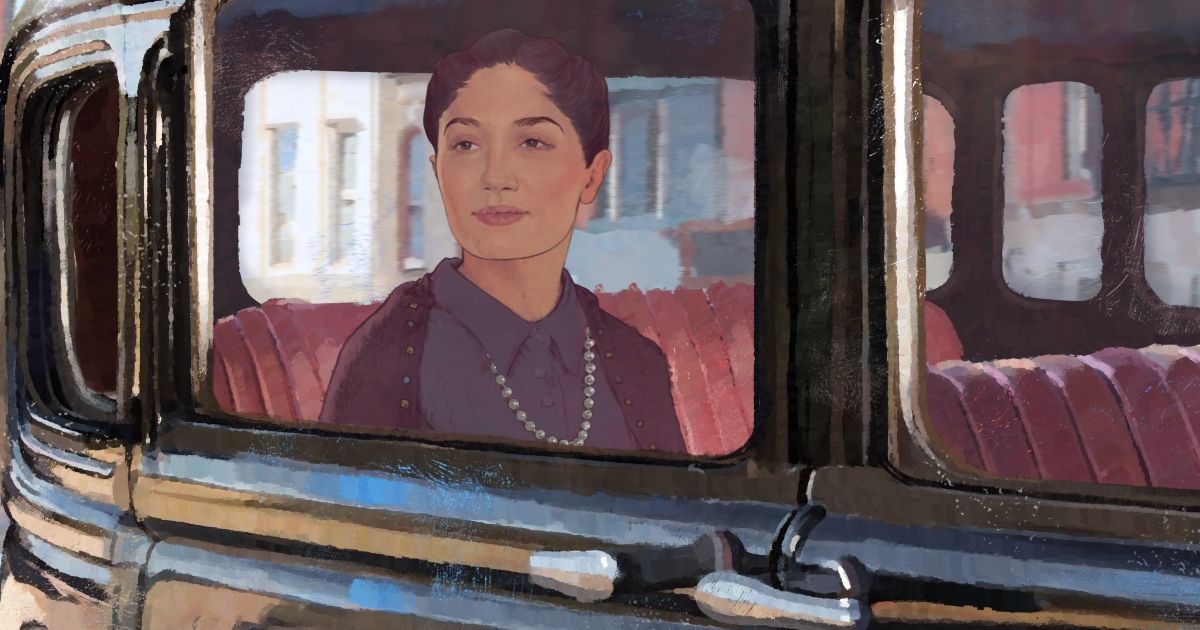
Aurora Sunrise, the new documentary-animation hybrid film by Inna Sahakyan, seems like it has a redundant title. Having seen the movie, we can now assure readers that no amount of repetitive solar metaphors could do this Aurora justice. It’s too powerful for that. The movie concerns itself with the peculiar story of Aurora Mardiganian, a sometime silent film star, and Armenian immigrant. Mardiganian became an international sensation in 1919 with the release of Auction of Souls, an epic biopic in which Mardiganian played herself. The movie became a smash success, and made Mardiganian a household name.
Mardiganian had lived one hell of a survival story. Born in the then-Ottoman Empire, Aurora had an idyllic childhood as the daughter of a textile merchant. At age 14, World War I plunged the region into chaos. Anti-Armenian sentiment spread through the region, and the Mardiganian family found itself deported to Syria. So began the Armenian Genocide, a horror show of violence that left more than a million people dead. That includes Aurora’s parents, aunts, and siblings, all either kidnapped, dead of starvation, or murdered on the long route to the desert.
Auction of Souls featured Mardiganian reliving all those horrors in front of a movie audience. Today, only snippets of footage survive. Director Sahakyan utilizes those few surviving minutes alongside documentary footage of Mardiganian taken in the 1970s, and uses animation to fill in the rest of her tale. The result will churn the stomachs of even the most callous viewers.
Aurora tells her own story in her own words, and we get the impression that Aurora’s Sunrise sits much closer to reality than the silent epic of old. Later in life, she criticized the film for soft-pedaling her experience. Besides witnessing her family murdered, she endured rapes at the hands of Ottoman soldiers and Kurdish bandits, escaped slavery, survived the Bolshevik revolution in Russia, and made her way to the United States.
A pair of newspaper reporters eventually published a series of interviews with her, and the nation took notice. Hollywood eventually came calling, and with the release of Auction of Souls, Mardiganian embarked on a years-long tour to promote the movie and raise funds for other Armenian refugees.
Terror, Illustrated
Bars Media
Using her impressionistic animation, Sahakyan manages to get closer to the truth here, though one scene involving mass crucifixion still feels watered down. Given the gruesomeness of the subject, we can’t object. The animated sequences, spliced in with surviving scenes of the silent epic and archival interviews of Mardiganian, give Aurora’s Sunrise a dreamlike (or in some scenes, nightmarish) quality. That feels appropriate for a movie all about memory, and for one about the Armenian Genocide.
If audiences in the 1920s couldn’t stomach the sight of women impaled through the groin on spikes, most viewers today can’t, either. Sahakyan does depict the sight in gruesome detail, though here, the animation acts as a kind of buffer. It gives the audience an idea of what the real thing looked like, which is enough for Sahakyan to make her point. Showing the real thing would have derailed the entire movie, and the audience would have overlooked the rest of Aurora’s story.
Related: Aurora’s Sunrise: Animation on Armenian Genocide Wins MiradasDoc Festival
So much of Aurora’s Sunrise revolves around its titular heroine pondering if her suffering will ever end. Even after her Hollywood triumph, the film informs us she suffered abuse at the hands of the producers, who began to see her as a cash cow, rather than an activist. We’ll not reveal how Sahakyan ends the story here, other than to say that the success of Auction of Souls generated both funds and international attention for the plight of Armenian refugees. Today, the community regards her as something of a savior, not just for the men and women she helped rescue, but for the whole of the Armenian community. Thanks in part to Aurora’s efforts, an entire race and culture survived, repopulated, and continues to flourish.
Though Aurora’s Sunrise is, ostensibly, the story of its protagonist, the bigger character here is the Armenian people as a whole. As Spielberg did with Schindler’s List, Sahakyan doesn’t just want to focus on individual people. She wants viewers to see a kind of people; Mardiganian’s life acts as a prism through which to view it.
Unlike Schindler’s List, however, Aurora’s Sunrise feels less like cry of pain than one of resounding frustration. Today, the Armenian Genocide remains a footnote in most history books, if it appears there at all. Documentary scenes in the film feature an elderly Aurora barking that the Holocaust of the 1940s would have never happened, if only the world had paid more attention to the story of her people. Having viewed the film, we can say that Aurora makes a very good case. Only in 2021 did the United States even recognize the Armenian Genocide as a true crime against humanity. To this day, Turkey, the nation where the atrocities began, refuses to do so.
If we have one complaint about Aurora’s Sunrise, it’s that the movie could have been a bit longer. We learn very little of Mardiganian’s life following her activism, and the film never really delves into the dynamics that produced the Armenian Genocide in the first place. Nor, for that matter, does the movie explain how an American humanitarian effort championed by, among others, sitting President Woodrow Wilson, hit a dead end.
Related: Exclusive: Christian Bale & Oscar Isaac on the Horrors of Genocide in The Promise
Beyond One Woman
Bars Media
Why did it take so long for the United States to officially recognize the genocide? Why does the story of Armenia not get mentioned in the same breath as the Holocaust or Native American genocide? Most important of all, why does genocide continue to happen today, in such places as Rwanda, Darfur, Myanmar, or Sudan? There’s a much bigger point to be made here — perhaps one too big for a single film. Still, it feels like there’s a piece missing where Aurora and Armenia are concerned.
For all the horror, violence, and death witnessed by Aurora Mardiganian, she never seemed bitter. In the documentary footage in the film, she comes off warm, tender, and almost goofy at times, even when discussing the people who inflicted such pain upon her. For so much of her youth, when plunged into the darkness and despair of violence, she wondered if she might ever see the glimmer of dawn again. She did, of course, though in the eyes of Sahakyan and the Armenian Diaspora, the real sunshine here is Mardiganian herself.
Here is a woman who helped saved thousands of lives and rebuild a culture, simply by telling her story. Aurora’s Sunrise preserves the light of the woman herself, both as homage, and by example. Hers is a dawn for all humanity.
Aurora’s Sunrise Begins a National Rollout in Theaters Beginning August 11 in New York City.
You can view the original article HERE.
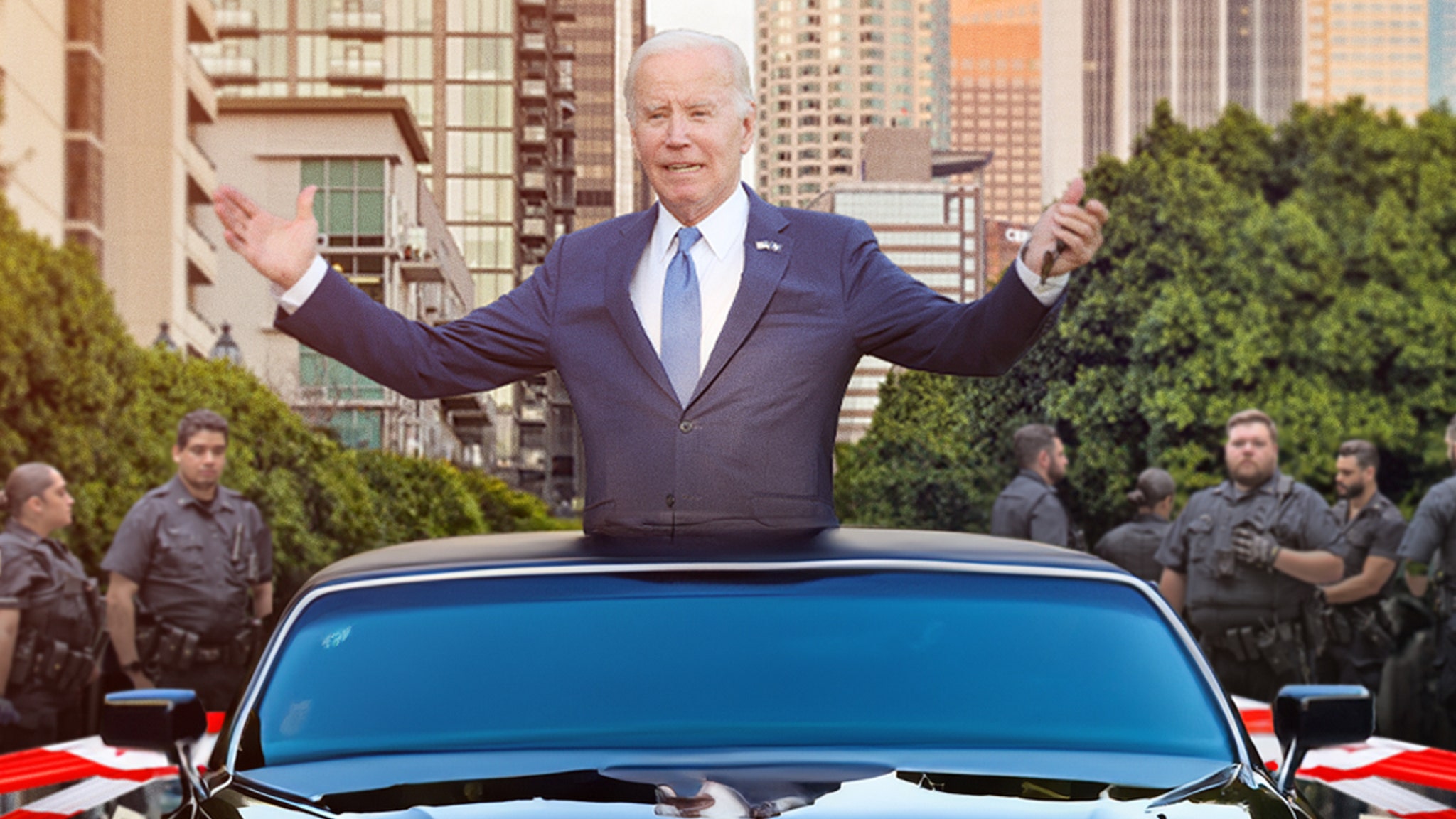
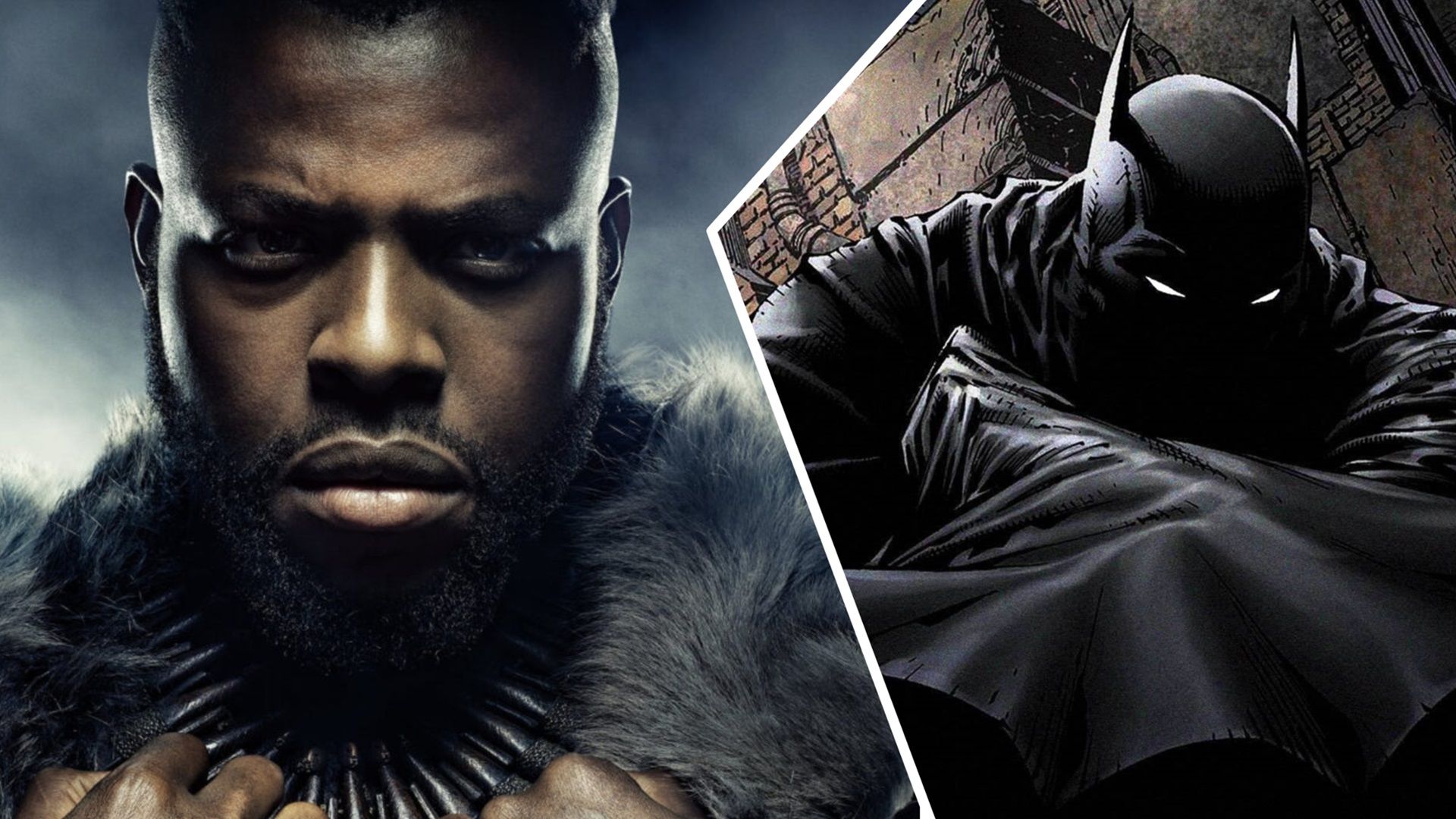


:quality(85):upscale()/2024/05/01/868/n/1922283/a63ed21666329ce79de023.96393449_.jpg)

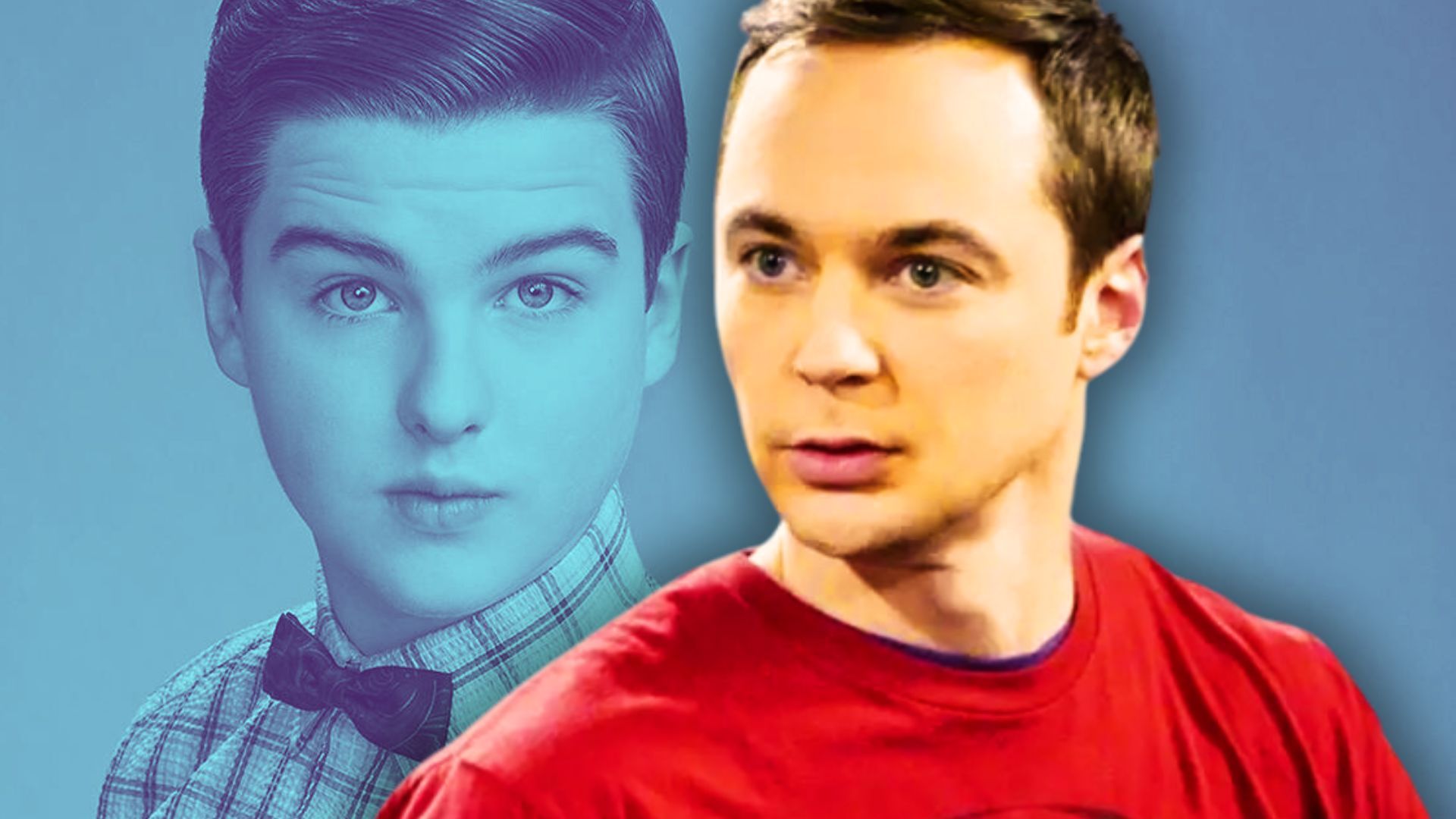

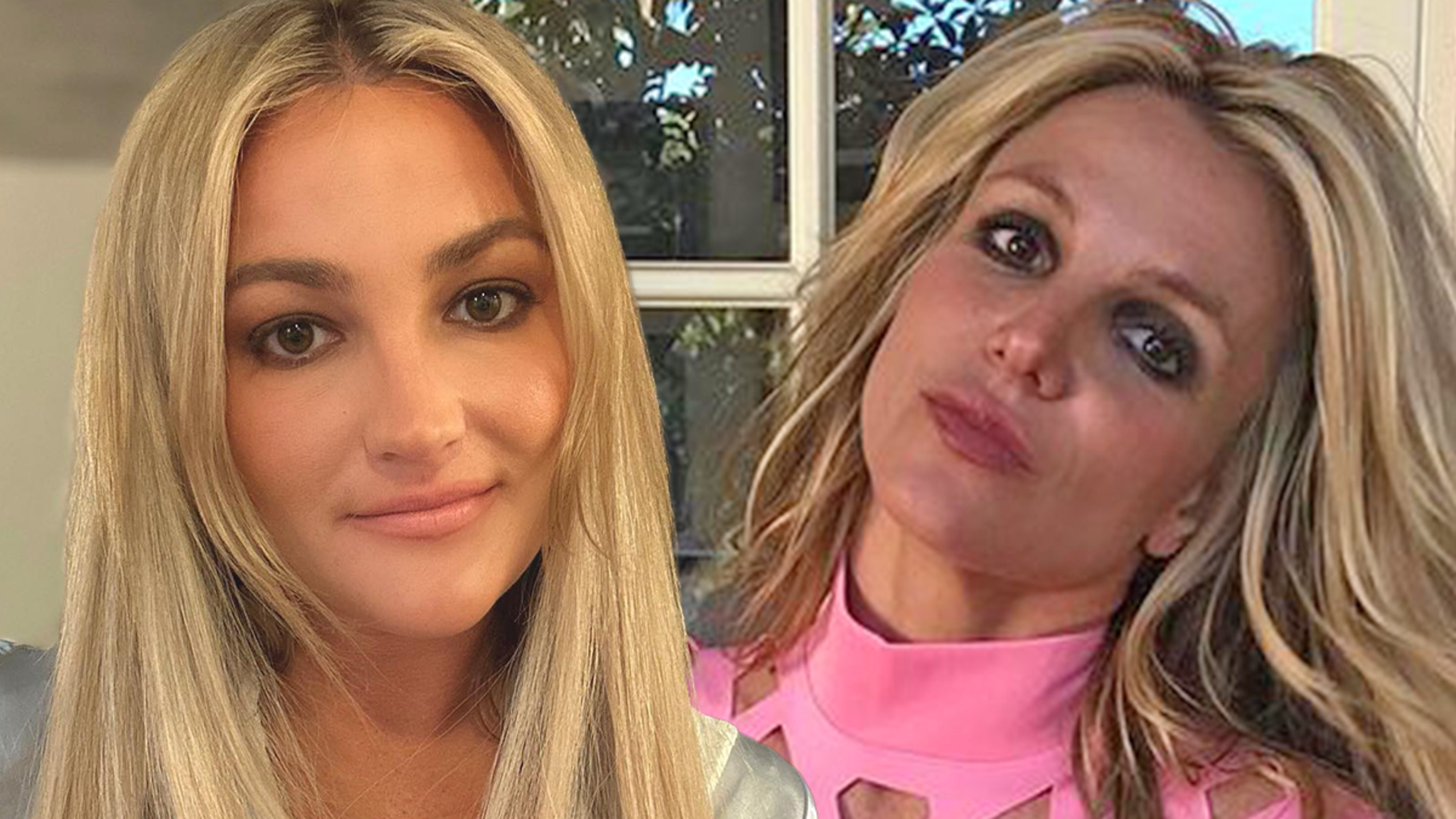
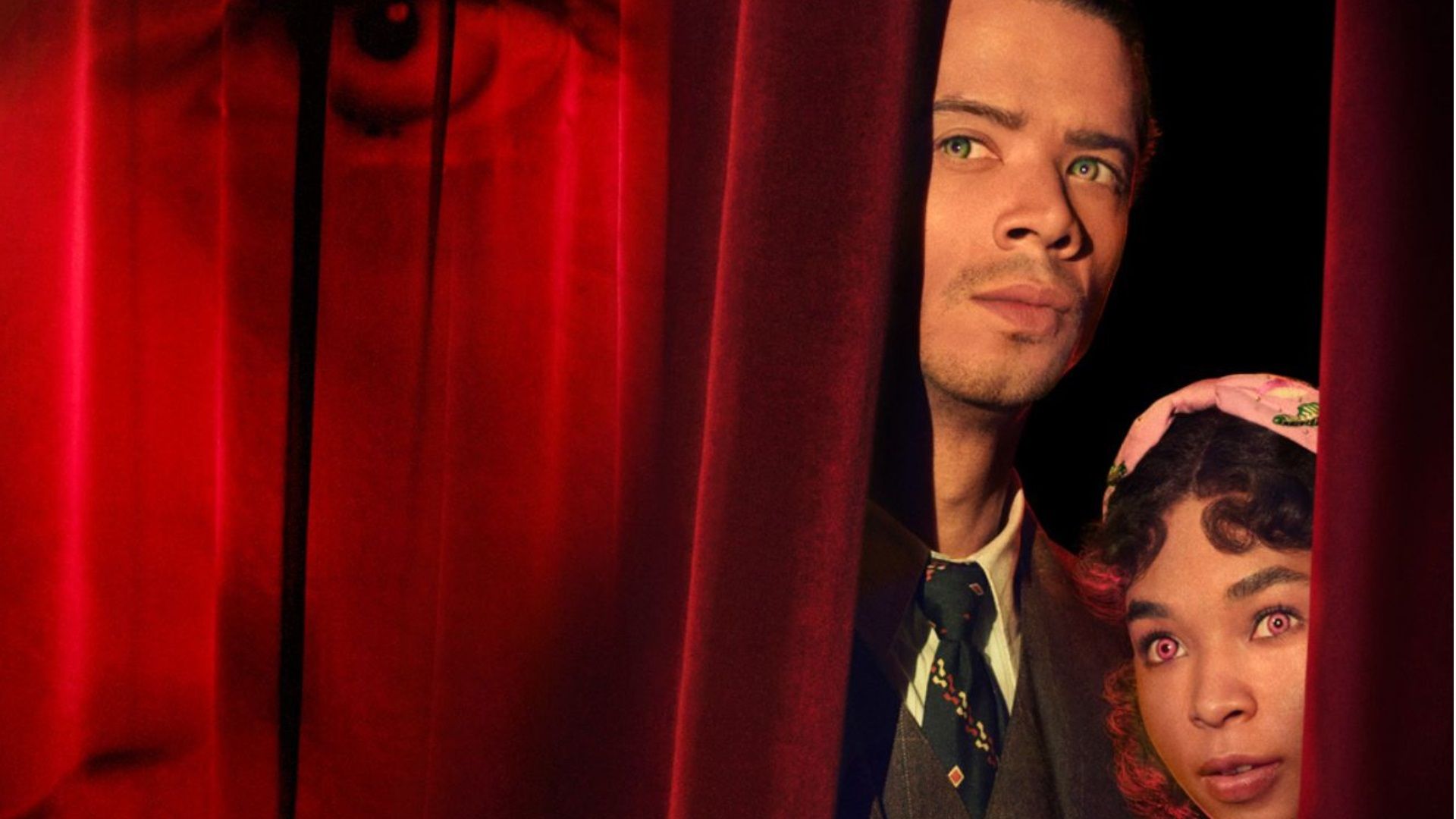
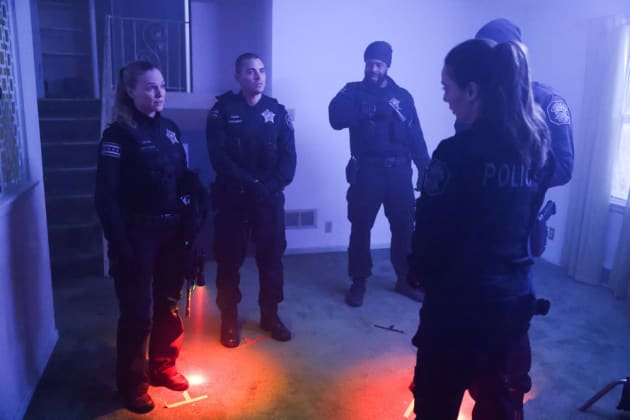

:quality(85):upscale()/2024/04/29/903/n/1922283/39ac4091663005d2b49620.73009363_.jpg)


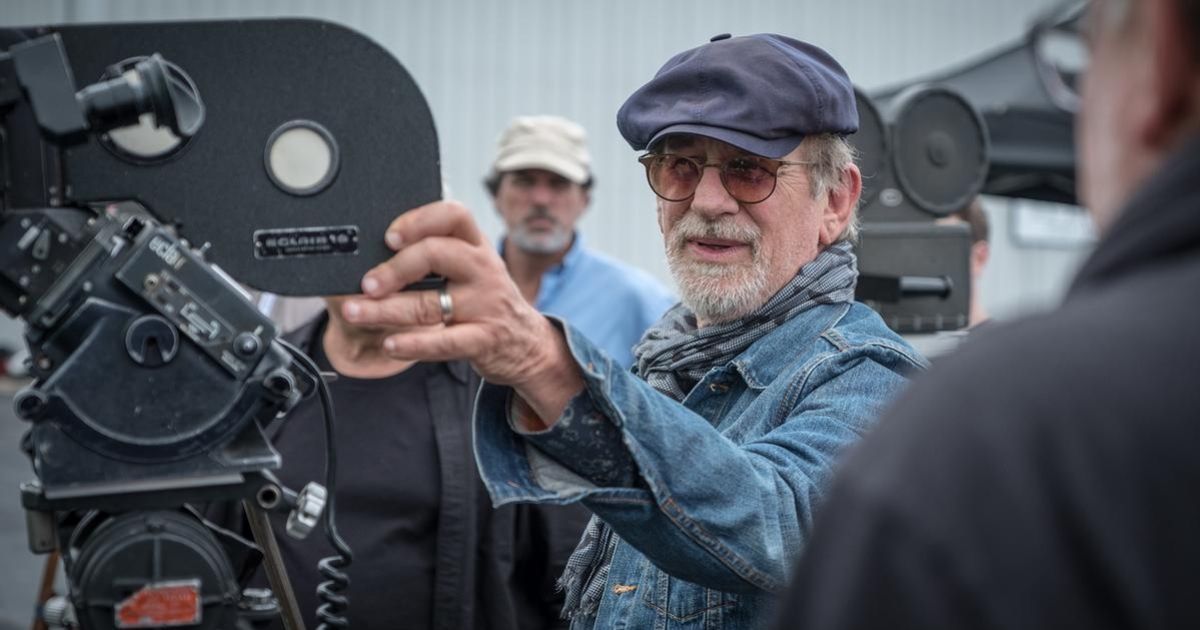
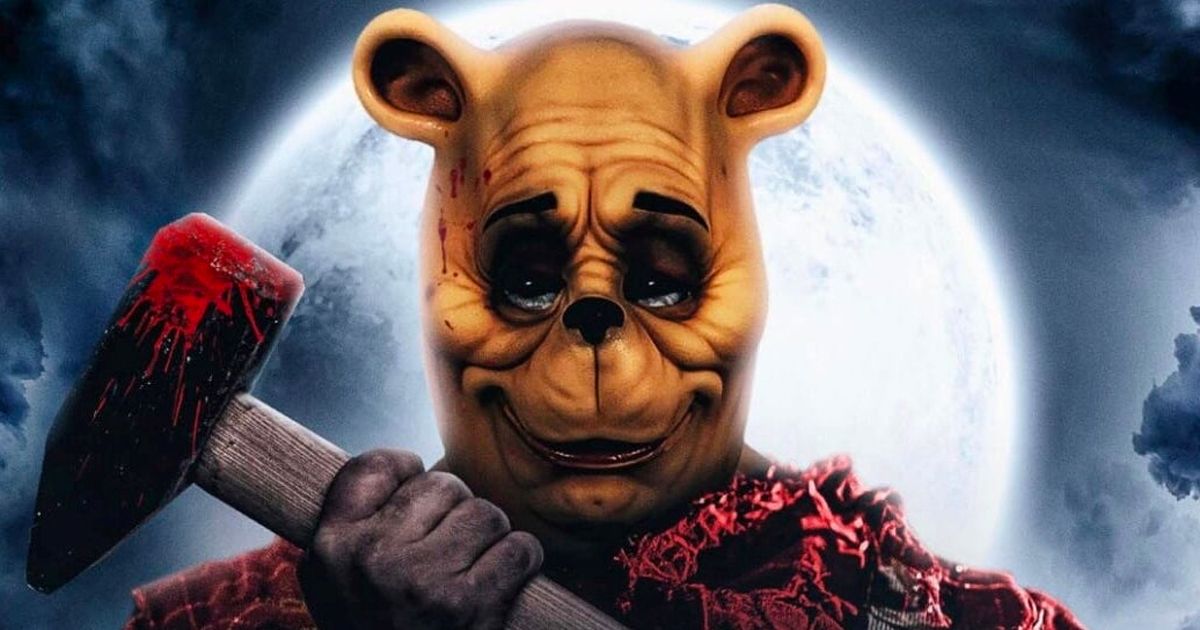

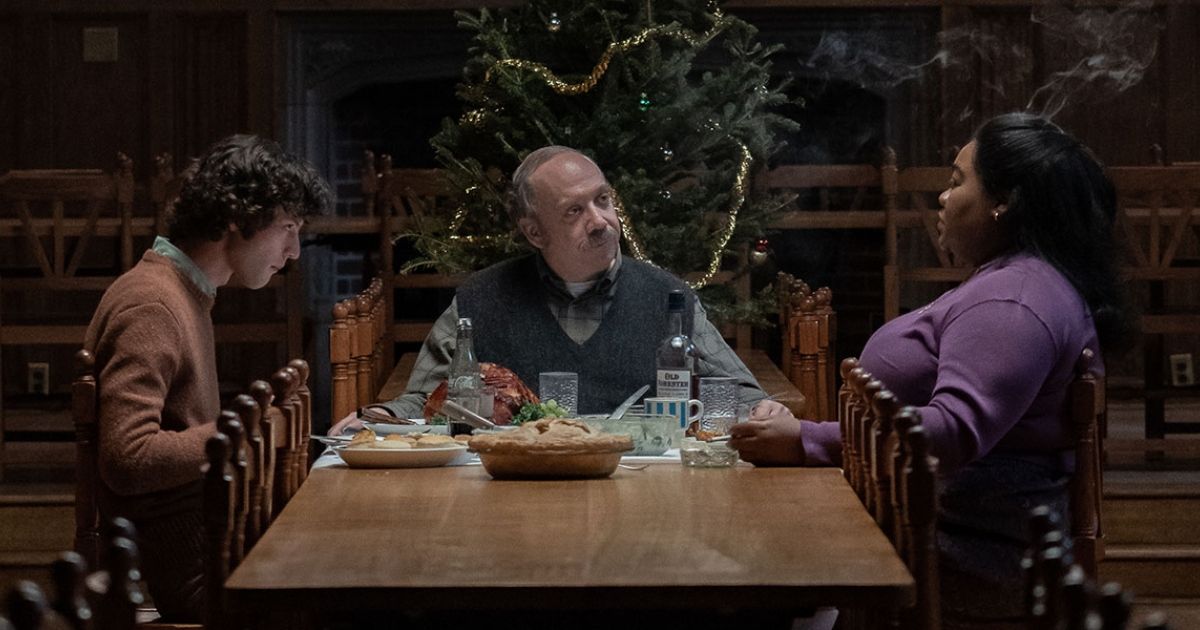
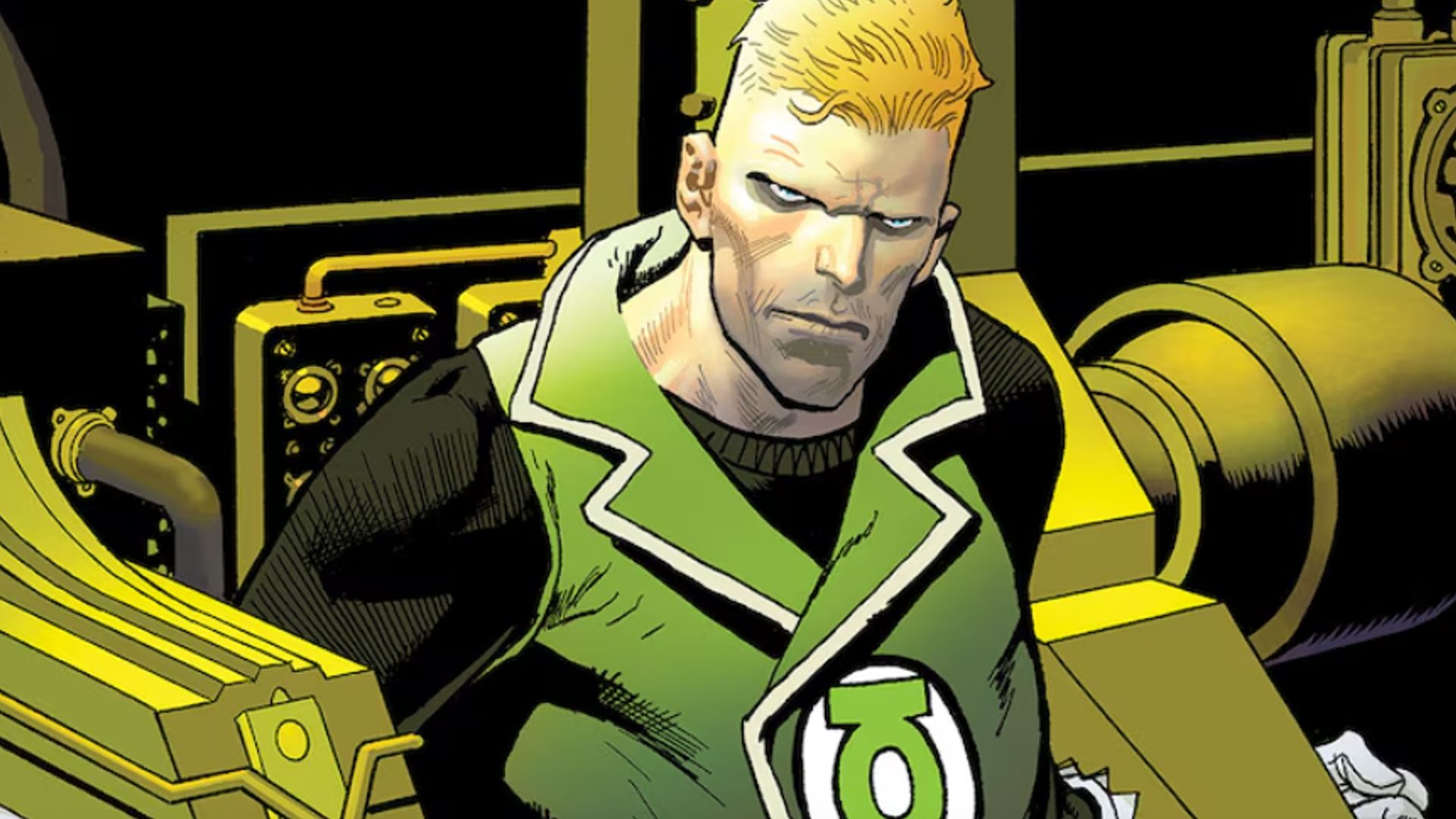





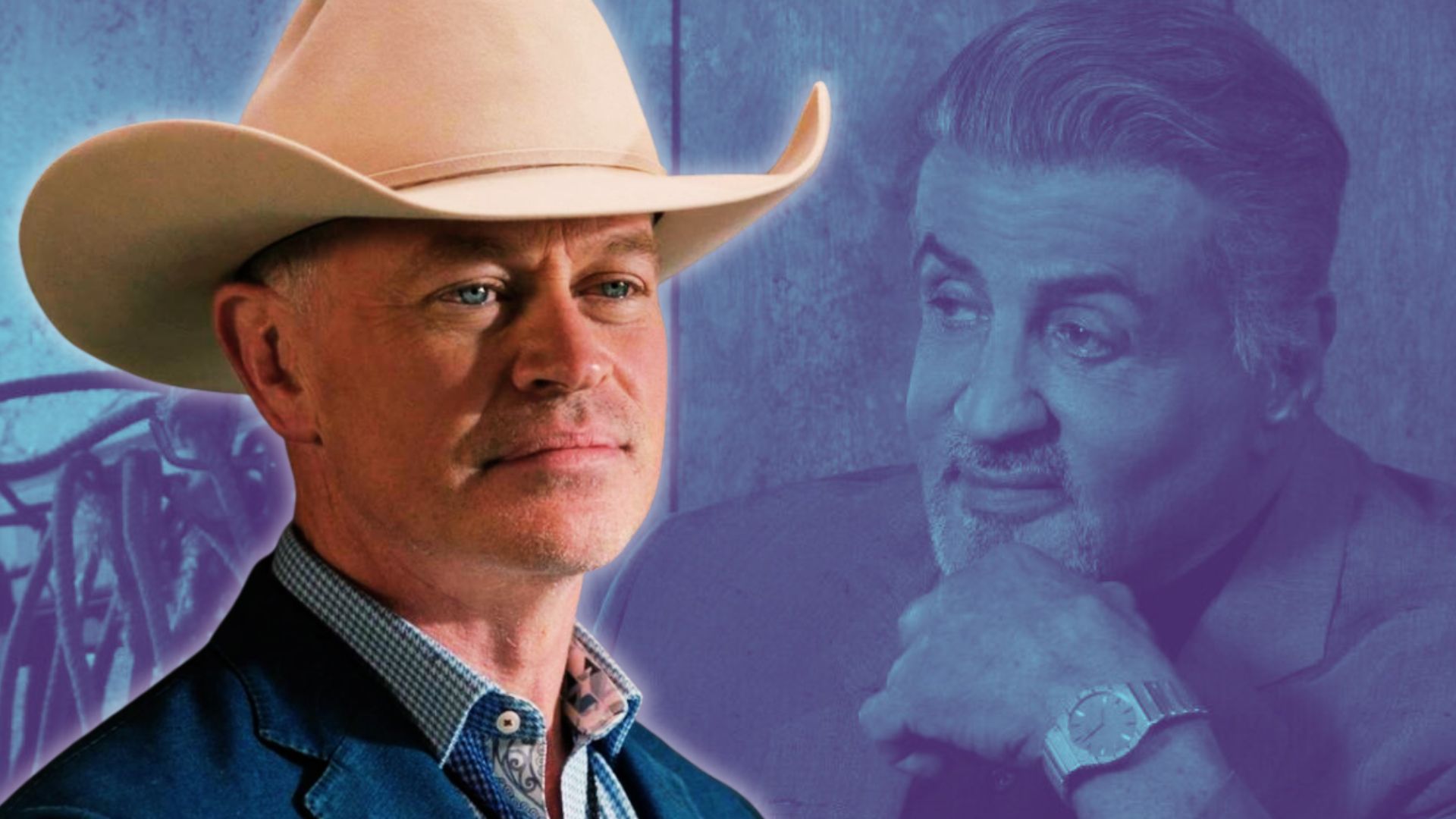

:quality(85):upscale()/2024/04/30/935/n/1922564/02f9990566316200eedab6.59700408_.jpg)

:quality(85):upscale()/2024/04/30/256/n/1922564/b39130e76631ce7cb6dbc6.88546252_.jpg)